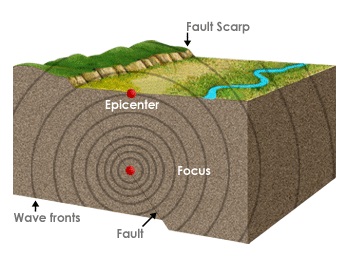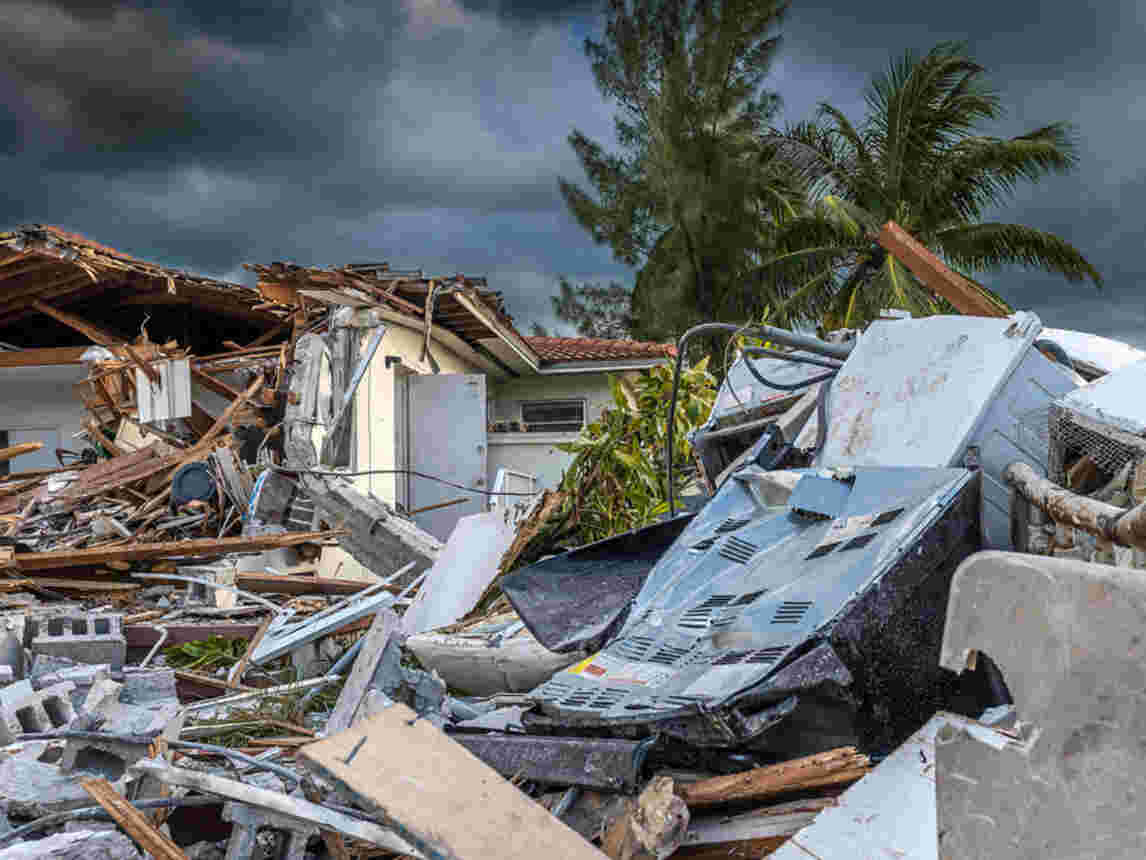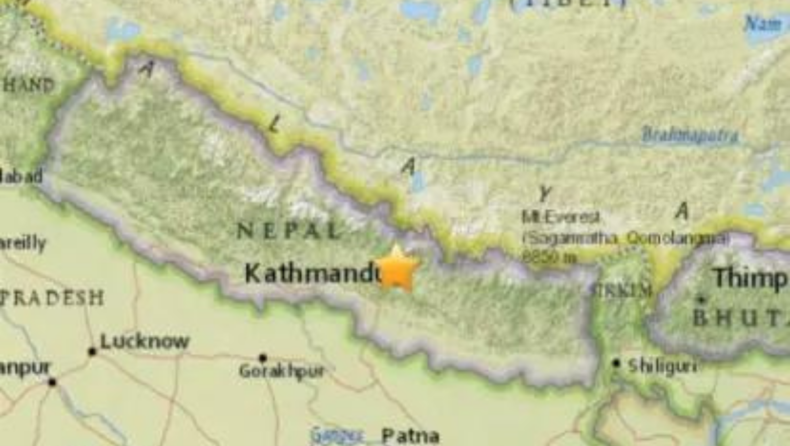
After Shock tremors shook Nepal once again, on Tuesday evening.
A shock measuring 4.2 on the Richter scale was felt at around 6:18 pm local time, at Babala of Accham district of Nepal.
Over the past week, Nepal has been hit 4 times by earth tremors. However, no loss of life or damage to property has been reported as of now.
The epicenter of the earth tremors, as reported by the National Earthquake Monitoring and Research Centre of Nepal, was Patadebal, which is 460 km west of the capital city of Kathmandu.
It has to be noted that Nepal has been hit by a series of quakes, over the past week.
Earlier, tremors were also felt in Delhi, NCR, Himachal Pradesh, Uttar Pradesh, and other neighboring states of India.
The severity of earthquakes could however be reduced to an extent, with the help of advanced research and solutions. In regards to the same, IIT Roorkee has started a symposium to guide the future course of action toward developing tremors engineering research in India.
What is an Epicenter?

The epicenter is the part of the surface of the Earth, which is directly vertical to the focus of the earthquake.
The effects of the tremors are felt the most at the Epicenter.
Reasons for Earthquake

There could be various reasons which could lead to tremors and the breakage of underground rocks is the most common one.
Other reasons that could cause an earthquake to occur might be volcanic eruptions, tectonic movements, or the building of dams.
Landslides, avalanches, or sudden collapse of heavy rocks can also lead to minor tremors.
Read Also: An earthquake in Myanmar caused vibrations to be felt in India’s northeast.
Geological faults are also one of the reasons that contribute to the occurrence of earthquakes.
Other than the natural reasons leading to earthquakes, there are a few reasons that are also man-made and acts as a strong case for the tremors to occur. The interference of humans with nature has never been fruitful to the environment.
These could be nuclear bombing, mining, or the building of dams. These processes lead to the movement of rocks below the surface of the earth, thereby causing earthquakes.













